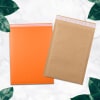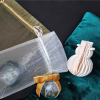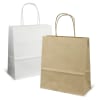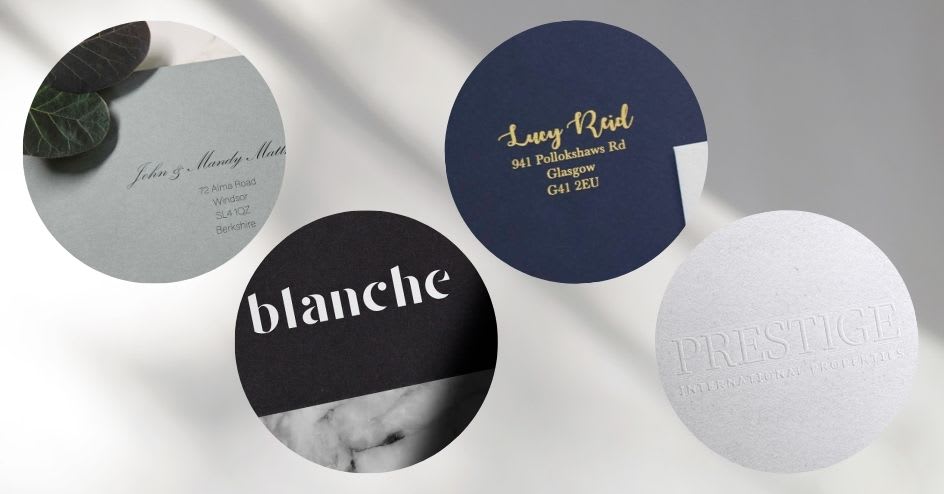A Comprehensive Guide to FSC Grades in Sustainable Packaging
15 Nov 2024, 10:16 AMUnlocking the Power of Personalisation with Variable Data Printing
28 Feb 2024, 10:19 AM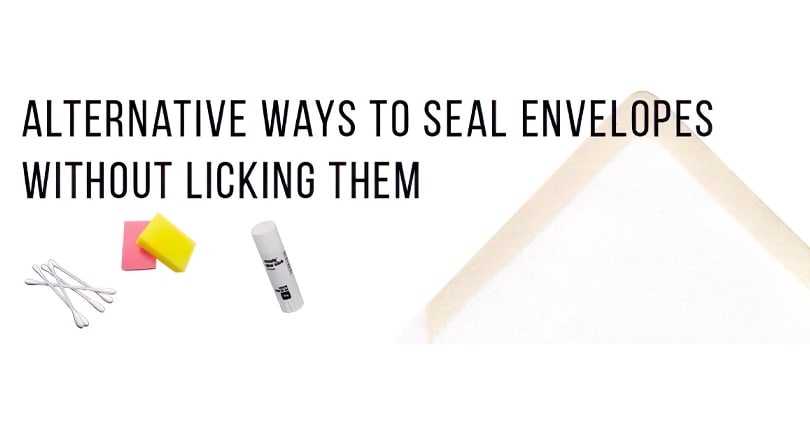
The traditional way of sealing envelopes has always been to lick them. The downsides to this are that some people find the taste bad, it dries out your tongue and is time-consuming (especially for a large number of envelopes). Here are a number of creative ways to seal the envelope in a much more efficient way.
Using a sponge
This is a pretty simple and effective way that anybody can use. Simply wet a sponge with water and dab onto the glue. Be careful not to soak the sponge so that water drips onto the envelope itself.
Cotton swab/bud
Similar to the sponge, this method can efficiently be used to seal the envelope. The best way would be to dip the cotton bud into some water and run it across the glue on the flap. This is an excellent alternative to licking with your tongue. If you don't have a cotton swab or cotton bud available you could use your finger. Although you may risk getting a paper cut from the envelope.
Using a glue stick
A simple glue stick can be used by running it over the adhesive flap and apply a little bit of pressure when closing the flap. The extra adhesive applied may even 'strengthen' the seal resulting in the envelope being even more secure.
Sellotape or self adhesive labels
This method can be used to bypass having to wet the gum of the envelope. Simply use some sellotape, self adhesive labels or envelope seals to seal the envelope. We would recommend a fair bit of sellotape to make the seal secure otherwise it could come loose depending on what you are using the envelope for.
Using a wax seal
A method used hundreds of years ago and still used today for high-end wedding invitations. It takes a much longer time than any other method but the results set it apart and is the reason why it is a more common way of sealing high-end invitations. Wax seals can be customised to have initials and logos debossed into them.
Using a self-seal or peel and seal envelope
You could choose a different type of seal on the envelope. Self-seal envelopes, used mainly as business envelopes, are sealed by simply applying pressure to the flap when closed which activates the adhesive properties and seals the envelope. Peel & seal envelopes have a tear-away strip which exposes an adhesive strip. Once this has been torn away, you simply close the flap and let the adhesive do the work. There are also string and washer envelopes (also know as button and tie) that are fastened with a piece of string wrapped around two circles in a figure of 8. These are beneficial as they can be re-used multiple times and offer an unusual but unique finish.

